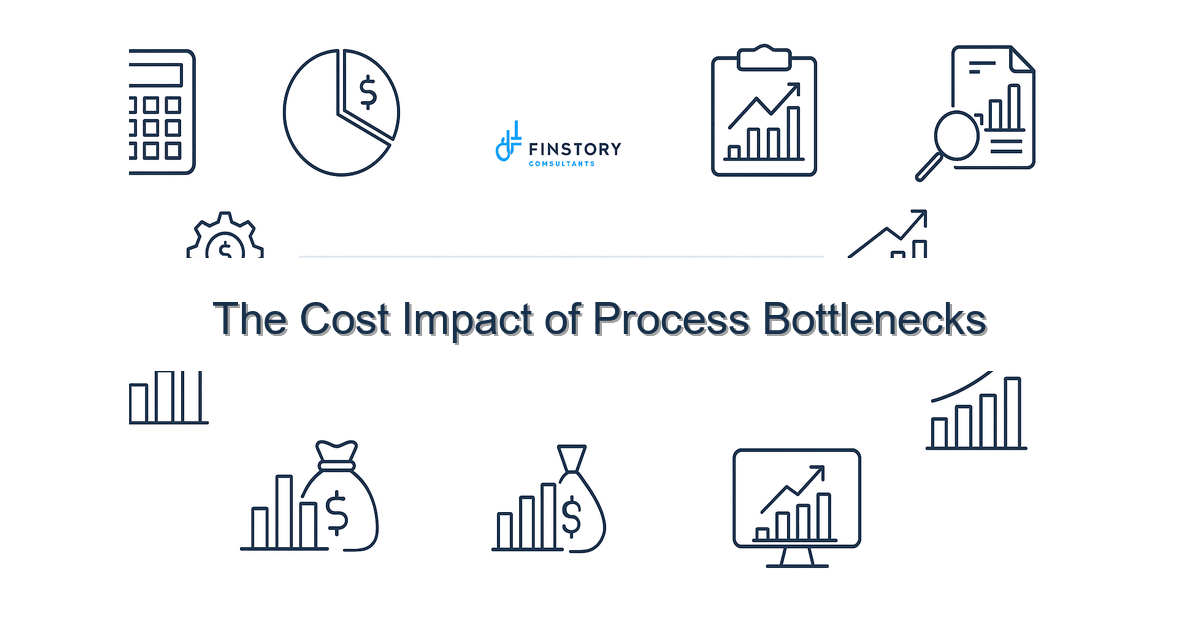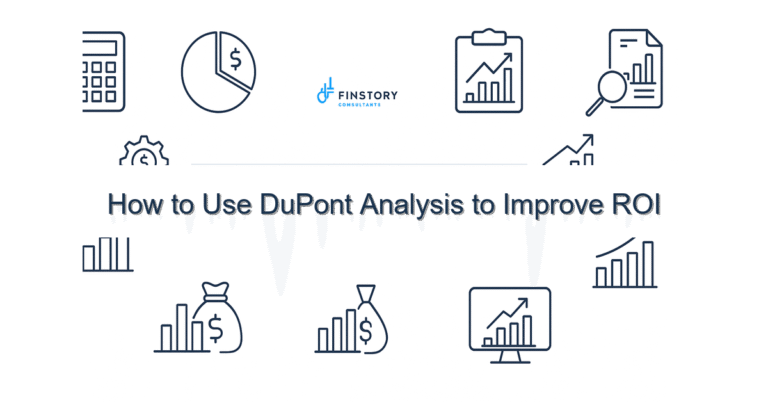The Cost Impact of Process Bottlenecks
You know the feeling: the month-end close slips again, or billing piles up in one queue while staff scramble elsewhere. It’s not just frustrating — it’s expensive. You’re not alone, and there are clear steps to stop the leak.
Summary: Focused process diagnosis and targeted fixes give you faster cycle times, fewer write-offs, and measurable cost savings. Decide where to act, invest in the right automation, and you can capture meaningful ROI within a year.
What’s the real problem?
Bottlenecks are small delays that compound across handoffs, approvals, and systems. In healthcare finance and operations, they show up as hidden cost centers: people waiting on information, manual work to correct errors, and delayed revenue that erodes margins.
- Claims stuck in an exceptions queue for days because a single reviewer is overloaded.
- Month-end reconciliations that require manual spreadsheets and late nights from controllers.
- Procurement approvals routed through multiple leaders, slowing supply replenishment and increasing rush-order spend.
- Unclear ownership for denials, so appeals fall through the cracks and write-offs rise.
What leaders get wrong
Well-intentioned leaders often treat bottlenecks as staffing problems or technology gaps, but the root is process design and measurement. Common pitfalls:
- Adding headcount before fixing handoffs. More people can mask, but not remove, systemic delays.
- Buying point solutions without quantifying the problem they need to solve.
- Measuring activity (hours worked) instead of outcomes (cycle time, first-pass accuracy).
- Assuming small inefficiencies are immaterial; in aggregate they drive significant annual cost.
A better approach
Shift from firefighting to diagnosing. Treat bottlenecks as processes you can map, quantify, and change.
- Step 1 — Map the end-to-end process. Include every handoff, system, and decision point.
- Step 2 — Measure where value is delayed. Track cycle time, queue size, and rework rates.
- Step 3 — Root-cause the delay. Is it missing data, unclear roles, or a slow approval step?
- Step 4 — Fix the smallest constraint with the biggest impact. This might be a simple rule change, a re-route, or a small automation.
- Step 5 — Monitor and scale. Turn the fix into a KPI with leadership reporting and repeat the process.
Real-world example: A 250-bed community hospital had 45 days of A/R in denial review because two coders were the only ones able to clear exceptions. After mapping the flow and cross-training three staff, A/R days in denial dropped from 45 to 18 in three months. That translated to faster cash, a 20% reduction in outside collections spend, and a clearer pipeline for leadership.
Quick implementation checklist
- Identify one high-impact process (denials, month-end close, purchasing).
- Run a 90-minute value-stream workshop with frontline staff and finance.
- Time each step for a sample of 10 transactions to pinpoint average delays.
- List required inputs for each step and where they get delayed or lost.
- Define who owns the handoff and set an SLA (hours/days) for each queue.
- Implement one quick rule change (e.g., auto-route claims missing payer codes to a triage folder).
- Automate a repetitive task with a simple RPA or template (e.g., standardized reconciliation file).
- Build a one-page dashboard for leadership showing queue sizes, cycle time, and backlog trend.
- Set a 30/60/90 day review cadence to validate impact and refine.
What success looks like
- Cycle time reduced: 40–70% shorter for targeted processes (e.g., denials review from 45 to 18 days).
- Accuracy improved: first-pass claim accuracy up by 10–25% resulting in fewer reworks.
- Cost per transaction: drop by 20–50% where manual work is automated or eliminated.
- Cash conversion: days outstanding reduced by two weeks or more, improving working capital.
- Staff productivity: more time spent on higher-value tasks; measurable FTE redeployment.
- ROI: many fixes pay back in 3–12 months depending on scale and automation cost.
Risks & how to manage them
- Risk: Resistance to change. Mitigation: Involve frontline staff early, show data, and run small pilots.
- Risk: Poor data quality. Mitigation: Start with manual sampling and create a data-cleanup sprint before automation.
- Risk: Scope creep. Mitigation: Define a clear minimum viable change and a measurable success definition before expanding.
Tools & data
Don’t overcomplicate the toolkit. Combine a few practical elements:
- Finance automation for routine reconciliations and posting to reduce manual errors.
- Lightweight process mining or even timestamp analysis to reveal hidden delays.
- Power BI dashboards for leadership reporting that track SLAs, queue sizes, and trend lines.
- RPA for repetitive, rule-based tasks and connectors to your EHR and billing systems for reliable data flow.
Next steps
If you want to move from suspicion to clarity, start with a short diagnostic: we’ll map one process, quantify the cost of its bottlenecks, and propose prioritized fixes you can test in 30–90 days. That clarity helps you decide where to invest—technology, staff training, or redesign.
Contact Finstory for a 60-minute diagnostic workshop. We’ll come prepared with a checklist, sample dashboard templates, and the questions your team needs to answer. No sales pitch—just a practical plan you can act on.
Work with Finstory. If you want this done right—tailored to your operations—we’ll map the process, stand up the dashboards, and train your team. Let’s talk about your goals.
📞 Ready to take the next step?
Book a 20-min call with our experts and see how we can help your team move faster.
Prefer email or phone? Write to info@finstory.net
or call +91 44-45811170.





